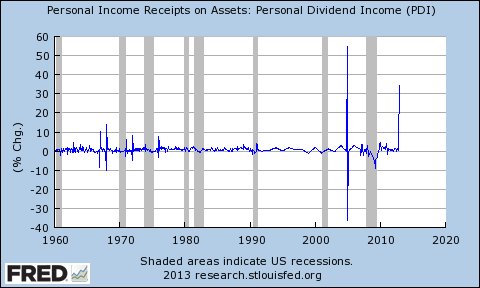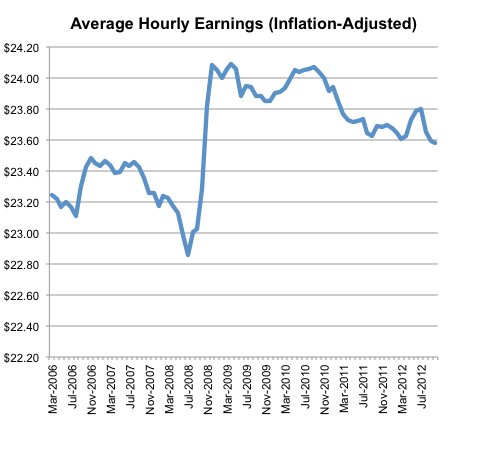Dear Workologist:
I work in my company’s I.T. area. We are expected to remember a lot of technical information, or know how to find whatever we can’t recall. I have a co-worker who can’t seem to analyze and resolve his own work. He asks the same questions repeatedly, even though 85 percent of our work is documented. By the end of a typical day, I’m exhausted not only from doing my work, but also from helping him with his. How do I encourage this needy co-worker to stand on his own? Pamela, Brooklyn
So often, issues with co-workers are most smartly resolved by channeling your inner diplomat, nudging your adversary into compliance without giving offense. Not this time. You don’t have to be a jerk about it, but you do need to be direct with your needy colleague. Pussyfooting around this problem is not only bad for you and your company — it’s also not doing him any favors.
You can do this by degrees, pushing back on each question with a polite but definitive variation on “I have a lot of work to do right now — you can look that up.”
Or you can use the next incident as an excuse for a serious sit-down: Just as you’ve done here, explain that you can’t do your job and his, and that he needs to get over the hand-holding and do his own work. Don’t make this sound like a threat, because that’s not the idea. You’re just having an honest conversation, peer to peer. The message is not that you won’t help him; it’s that you can’t.
The worst outcome is that if he keeps leaning on you, you’ll have to explain the situation to management. That would be painful, but no one is benefiting from the current situation. And the best outcome — it’s possible! — is that he does shape up.
•
Dear Workologist:
I work for a large city agency. I am considering applying for a position in a different unit. I have contemplated telling my supervisor about my intention to apply, in the interest of disclosure. But I’m not sure this is the best strategy. If I don’t tell her and I get an offer, then it seems that no harm has been done. If I tell her and I don’t get an offer, don’t I risk my future? She might be less likely to promote me or increase my responsibilities. Jean, Brooklyn
It’s almost never a good idea to tell your boss, in effect, that you’re thinking about quitting. And yet people do it all the time, and for one of two reasons. The first is that it’s a tactic for expressing dissatisfaction — the boss is supposed to panic at the idea of losing such a valuable employee, and respond with a promotion, a raise and access to the executive washroom. That’s often a false hope. Indeed, explicitly raising the notion of your departure can be a disastrous starting point for a negotiation. “I have a job offer” carries some weight; “I might be able to get some sort of job offer” does not.
Sometimes, employees tell the boss they’re thinking of quitting out of a mushy sense of obligation. But by and large, employers eliminate emotion from their thinking when they end their relationship with an employee. When they are considering whether to cut ties with their workers, they tend to keep that possibility to themselves. Layoffs are generally abrupt; any prelude to a dismissal is likely to come in the form of an ultimatum-style warning. Rarely do companies say: We’re kind of thinking of cutting your position, but who knows what’ll come of it?
The reverse should hold true for you. Unless your agency requires you to disclose that you are applying for a job in a different unit, you should keep that information to yourself. Telling your supervisor about your plans carries risk; keeping quiet does not.
•
Dear Workologist:
I’ve been an Apple fan/user for many years, and have been fortunate that my employers for the past decade-plus have provided me with Macs for my work. However, I recently started a job that requires me to use a PC. The last time I had to use a Windows-based computer was in the 1990s, so there’s been a steep learning curve that has created a greater drag than I anticipated. My efficacy and productivity are not what I would like. How do I explain this to my boss without looking as if I’m making excuses for my less-than-stellar performance?
B.C.A., Washington
Operating systems come and go, but making excuses without looking as if you’re making excuses is a skill that no technology will ever disrupt. This is an interesting iteration of that commonplace challenge, because it’s probably not obvious to your employer that there’s any learning curve at all. We’re not talking about mastery of some obscure, ultramodern software here. This is Windows, one of the most familiar technology tools in the history of technology tools.
Offer your excuses in overlapping layers of good intentions — what you’ve done and what you’re planning (or willing) to do. Try saying something like: “It’s been awhile since I’ve used Windows, and it’s changed just enough to keep me from being as productive as I usually am, so last night I started brushing up with an online tutorial. Are there other resources you’d suggest to help me get up to speed as quickly as possible?”
Should this inquiry yield a useful answer, great. But the point is that this is a pre-emptive strike: You’re indicating that you know there’s a problem, that you’re working to fix it, and that you would welcome — but don’t require — help.
Whatever you do, don’t wait for a manager to be the first to bring this up — or, perhaps even worse, for one of your colleagues to sit you down and tell you to stop being so needy.

Send your workplace conundrums to workologist@nytimes.com, including your name and contact information (even if you want it withheld for publication). The Workologist is a guy with well-intentioned opinions, not a professional career adviser. Letters may be edited.
Article source: http://www.nytimes.com/2013/09/08/jobs/the-clinging-co-worker.html?partner=rss&emc=rss







